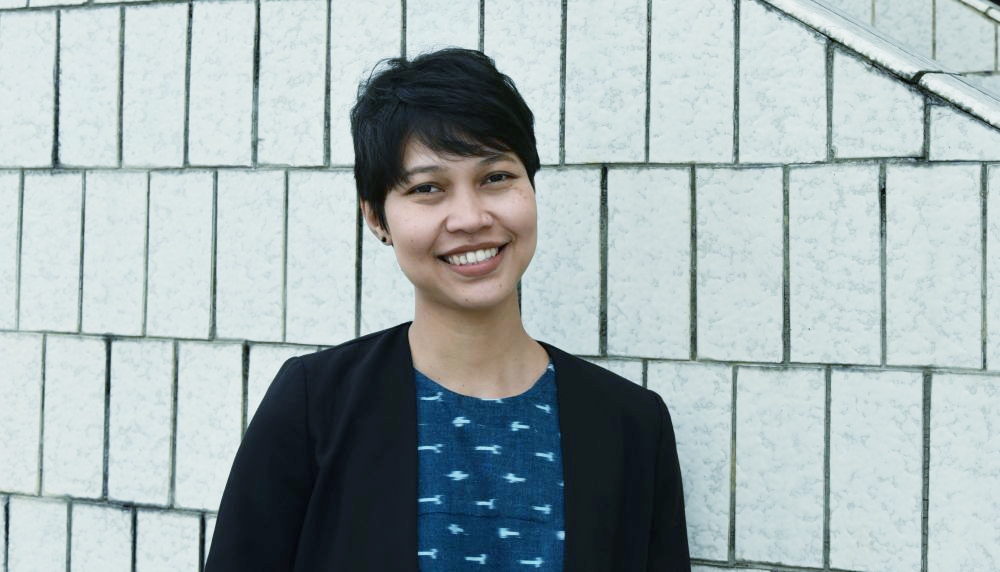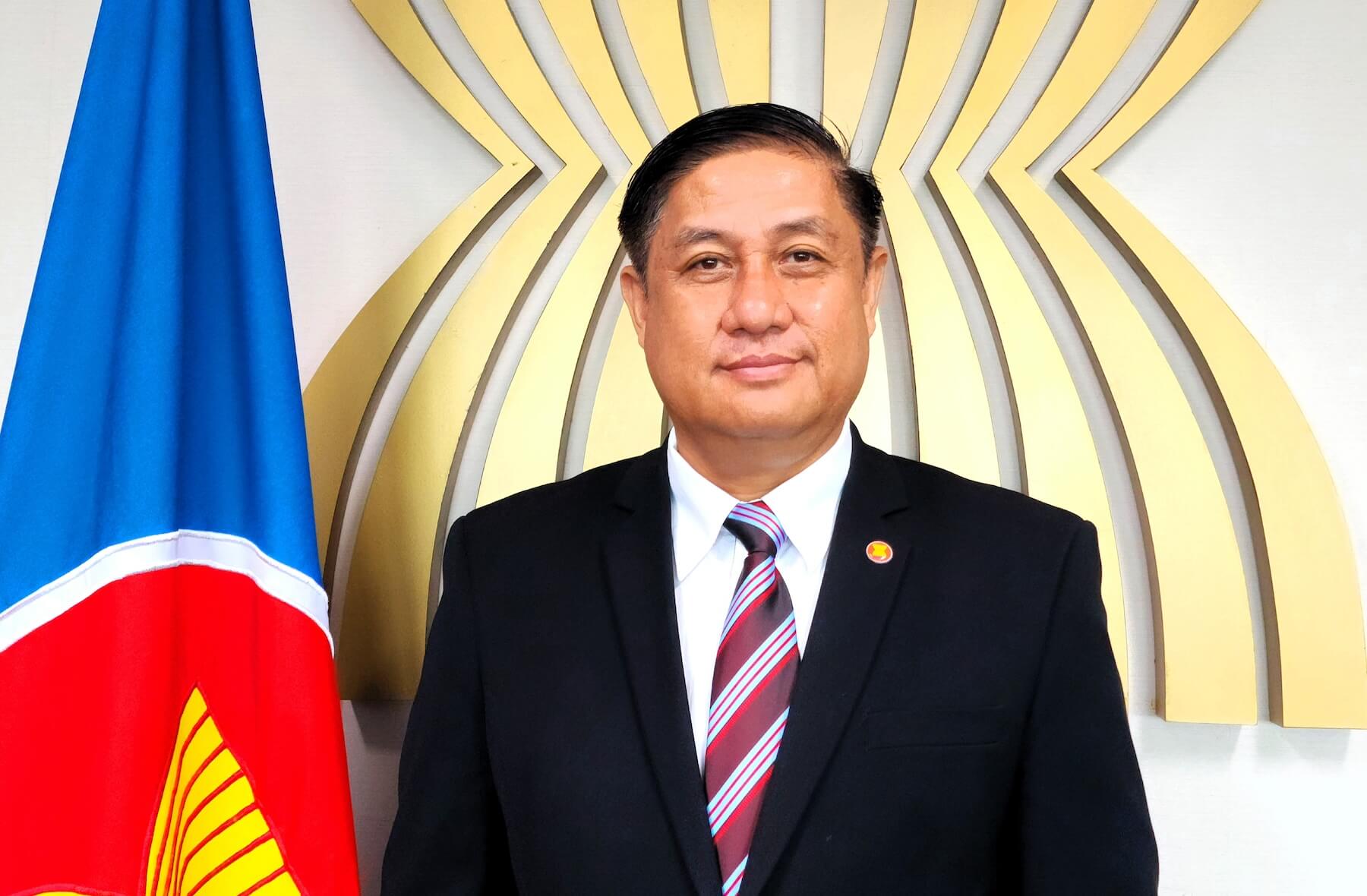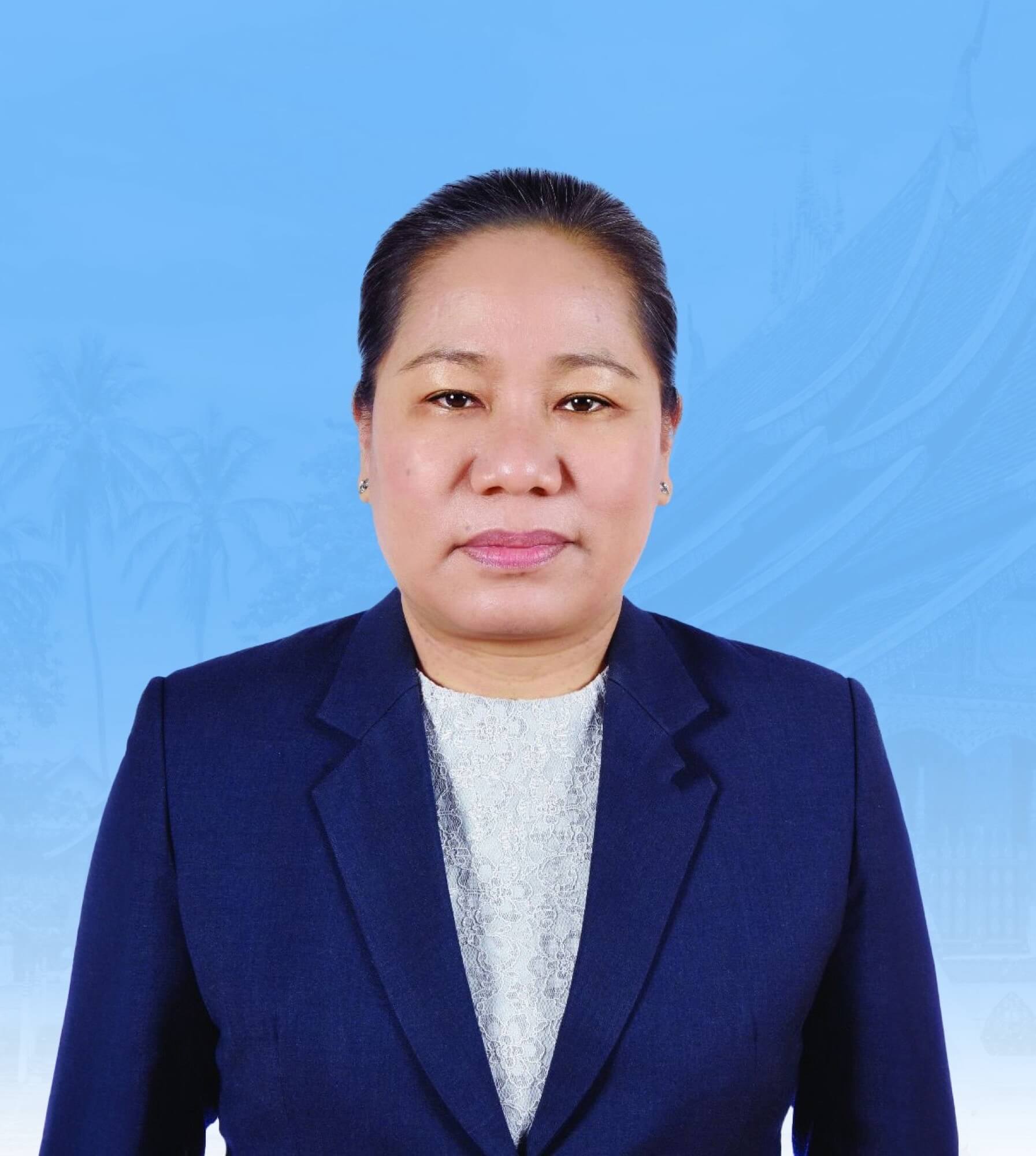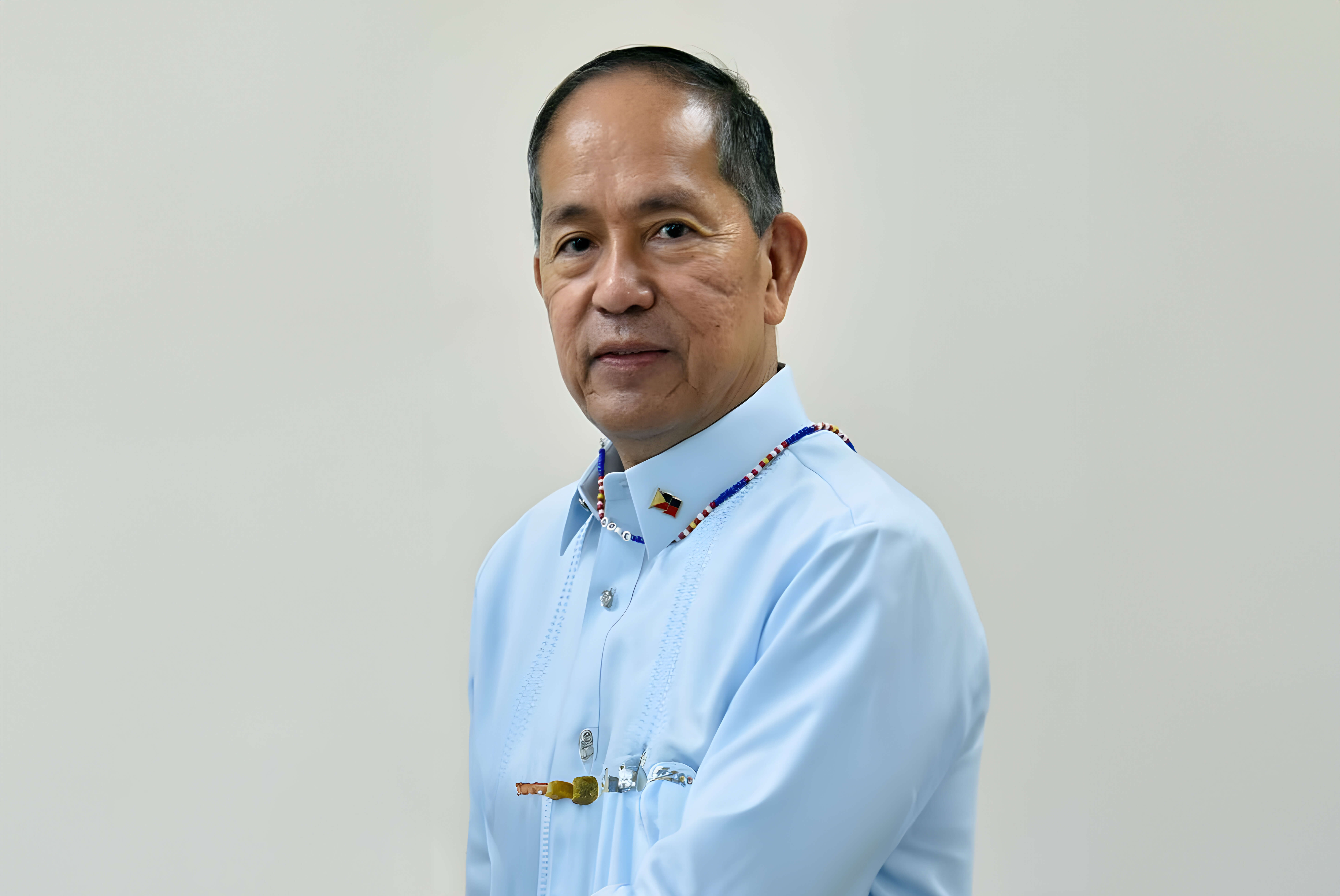



Freelance documentary photographer Joshua Irwandi became the talk of the town when his photograph of a solitary plastic-wrapped corpse of a suspected COVID-19 victim in an Indonesian hospital was published by the National Geographic in 2020. “The Human Cost of COVID-19” photo quickly went viral and sparked a controversy in Indonesia. For this image, Joshua was nominated as a finalist of The 2021 Pulitzer Prize in Breaking News Photography.
Joshua pursued his graduate studies in photojournalism and documentary photography at London College of Communication. He was the recipient of the National Geographic Society COVID-19 Emergency Fund for Journalists and Forhanna Foundation Grant for Young Talent in 2020. This year, Joshua received numerous recognitions, including the 2021 World Press Photo Award, Grand Prize of Lucie Foundation Open Call, and Best Single Photo in Citizen Journalist category of the Anugerah Pewarta Foto Indonesia. Joshua was recently selected as a mentee in the VII Photo Agency Mentor Program 2021-23 Cohort.
Can you tell us about your journey to become a documentary photographer?
My inspiration to pursue a career in photography comes from a need to create memories of every given moment. I believe that we create new perspectives as we create memories. These new perspectives create an endless cycle of opportunities to look at and therefore reconsider our human condition and the state of the world we live in. They provide us with reasons for initiating change in a very much injured world. I believe in this power of photography that made me decide to become a documentary photographer.
I began like most photographers would. I practiced photography throughout my university years, making all kinds of images ranging from theatre productions to contributing to the university newspaper. But it was only during my internships at Kompas and The Times of London newspapers that I felt documentary photography serves a certain purpose—to inform others, to galvanise the public. Up to that point, my photography was only serving my interest, not others’.
You spent some time in Asmat, West Papua—what led you there and was it your first documentary photography project?
I was initially invited by Kompas photojournalist Wisnu Widiantoro to come and see the situation in Asmat and Korowai for about three weeks. I was fascinated by the culture and the struggles of the Asmat people. The situation there was not at the top of anyone’s agenda. I continued with this line of work when I was embedded as museum staff in Asmat Museum in Agats, West Papua up until 2016.
You presented various angles of the COVID-19 pandemic pictures to the public—The Human Cost of COVID-19, pandemic pets, the Delta variant story. Can you talk more about this project?
The COVID-19 work started shortly after the outbreak of the pandemic in Indonesia. It was complete chaos at the beginning. Through this work, I wanted to honour the work of the medical staff by showing the nature of their work, how they risk their lives each day to protect us.
The project was a way to inform the public of the dangers of coronavirus. The public has the right to know how threatening coronavirus is. As we know, at the beginning, the pandemic was not taken seriously and it was well-reflected on the never- ending first wave, and that our number of cases and death rates went higher and higher. For “The Human Cost of COVID-19”, it was not something I purposely came to photograph. I never went into the ward with the intention of taking images of victims being wrapped. It was something I only encountered when I was embedded with the doctors and nurses in the COVID-19 ward. I simply wanted to show what the reality was.
What kind of challenges did you face when you took these pictures and how did you overcome them?
One of the challenges was to stay composed as I was photographing the image, but the bigger challenge came after the image was released and received by the public. It was the most heartbreaking photograph I have ever made. To see the denial and the attacks some people made over an image that was supposed to wake us up was difficult. I quickly learned that it was not necessarily the denial we are battling with. We are fighting a losing battle with social media algorithms where the reality that people believe in is one they choose for themselves. If you like, comment, or support certain posts on social media, the algorithm feeds you back with similar content. An echo chamber. On that basis, you cannot take anything people write on social media personally. At the same time, it begs the question: how much does social media alter people’s perspectives about the danger of the virus?
You won numerous awards in photography and were selected as a finalist of The Pulitzer Prize. What do these awards mean to you, and how have these awards changed you?
It’s an honour to receive these recognitions. It is a heartbreaking photograph, and this image still serves a reminder of the constant threat that COVID-19 poses to us. Yet, after seeing how it was received positively or negatively by the public, at a time where our work was in constant jeopardy with all the disinformation out there, the awards mean that we are breaking down barriers towards freedom of the press, not only in Indonesia, but anywhere where journalists are silenced.
While I am humbled to receive the awards, they won’t change how I would photograph and tell stories, nor would it change me as a person. Like any other documentary photographer, I am still going to figure out how to visually present my next story. The awards only spur me on to become more rigorous and balanced with my work and to be more supportive of my colleagues if they ever need help.
What lessons have you learned from your job as a photographer? Looking at yourself now, do you think you have achieved the goals you set when you decided to become a photographer?
Humility is the biggest lesson I have learned from my work as a photojournalist. We are only documenting a slice of history in the continuum of time, reminding us of our insignificance in the universe. Recording memories for history is my only job. We have so much—too much—to learn and understand, and we must do that as much as we can. The goal for me as a documentary photographer has always been to engage others with the world we live in. Each time I could direct someone to a certain story that needs attention, that’s a goal achieved. Each time there is action that people take based on the stories I publish, that’s a goal achieved. This is one of the ways I feel that I could be useful within my lifespan.
Can you share about your next photography project?
I am returning to Asmat, West Papua to continue my long-term project with the support of the National Geographic Society.
What do you think about the creative industry, particularly in the photography field, in Indonesia and Southeast Asia? From your point of view, what should ASEAN do to improve the creative industry in the region?
There are so many untold stories in Indonesia and Southeast Asia, while there are equally as many excellent and aspiring storytellers out here. In my view, ASEAN should make it its top priority to support artists and art practitioners through grants, open calls, or exhibitions. There is so much potential for collaboration and it will be an investment that will pay itself off.








